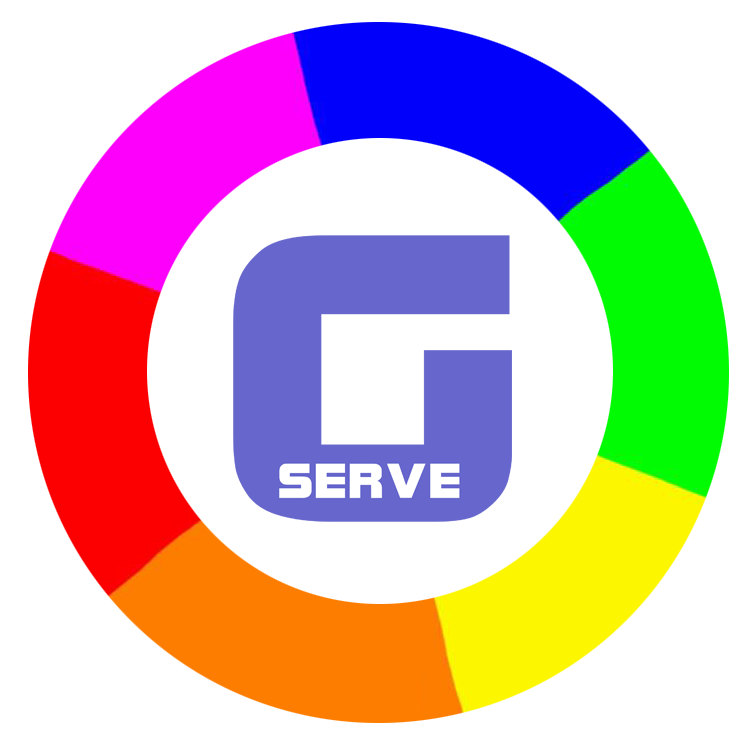Latest Trends in Web Design – 2023
In the fast-paced world of technology and design, web design trends are constantly evolving to keep up with user preferences, emerging technologies, and aesthetic sensibilities. As we dive into 2023, it’s fascinating to witness how web design continues to push boundaries, creating captivating online experiences that blend form and function seamlessly. Let’s explore some of the latest trends that are shaping the landscape of web design this year.
1. Dark Mode Dominance:
🌙 Dark mode has transitioned from being a mere aesthetic preference to a design standard. With its potential benefits such as reduced eye strain and improved battery life for devices with OLED screens, dark mode has become a staple feature on many websites. Designers are experimenting with contrasting colors, bold typography, and vibrant accents to create visually striking dark mode interfaces that capture users’ attention.
2. Immersive 3D Experiences:
🚀 Advancements in web technologies have paved the way for immersive 3D experiences that were once limited to native applications or gaming environments. With the advent of WebXR and WebGL, designers are integrating three-dimensional elements into websites to create interactive and engaging experiences. From product showcases to virtual tours, these 3D elements add depth and interactivity, enhancing user engagement.
3. Neumorphism and Soft UI:
🎨 Neumorphism, a design style that blends skeuomorphism and flat design, has gained traction in 2023. This approach creates a soft, realistic look by using subtle shadows and highlights to mimic physical objects. Soft UI design principles focus on making elements feel tangible and inviting, encouraging users to interact with buttons, cards, and other components.
4. Minimalist and Content-Centric Design:
📜 Simplicity and clarity remain at the forefront of effective web design. Minimalist layouts with ample white space allow content to breathe and grab users’ attention. Content-centric design places emphasis on delivering valuable information quickly and efficiently, enhancing user experience and reducing clutter.
5. Voice User Interfaces (VUI):
🗣️ With the rise of voice assistants and smart devices, voice user interfaces have emerged as a game-changing trend in web design. Designers are incorporating voice commands and interactions to make navigation and content consumption more intuitive. This trend not only caters to accessibility needs but also provides a hands-free browsing experience.
6. Biometric Authentication Integration:
🔒 As security and privacy become paramount concerns, biometric authentication methods such as fingerprint recognition and facial recognition are being integrated into web interfaces. This enhances user convenience and provides an added layer of security, streamlining the authentication process.
7. Data Visualization and Infographics:
📊 In an era of information overload, data visualization and infographics are powerful tools for presenting complex information in a digestible format. Web designers are leveraging interactive charts, graphs, and animations to convey data-driven stories effectively.
8. Microinteractions and Animation:
💫 Microinteractions and subtle animations contribute to a delightful user experience. These small, purposeful animations respond to user actions, providing feedback and creating a more engaging browsing journey.
9. Sustainability and Eco-Friendly Design:
🌱 Sustainability is extending its influence to web design as well. Eco-friendly design practices, such as optimizing website performance for energy efficiency and reducing carbon footprint, are gaining attention from environmentally-conscious designers and businesses.
10. Personalized User Experiences:
🎯 Web design is becoming more personalized by leveraging user data and AI algorithms. Dynamic content, tailored recommendations, and personalized interfaces cater to individual preferences, enhancing user engagement and satisfaction.
In conclusion, the web design landscape of 2023 is marked by a harmonious blend of futuristic technologies, artistic innovations, and user-centric strategies. From dark mode aesthetics to immersive 3D experiences and sustainable design practices, web designers are pushing the boundaries to create captivating and meaningful online interactions. As technology continues to evolve, staying attuned to these trends is essential for crafting exceptional web experiences that resonate with users in this dynamic digital age.
